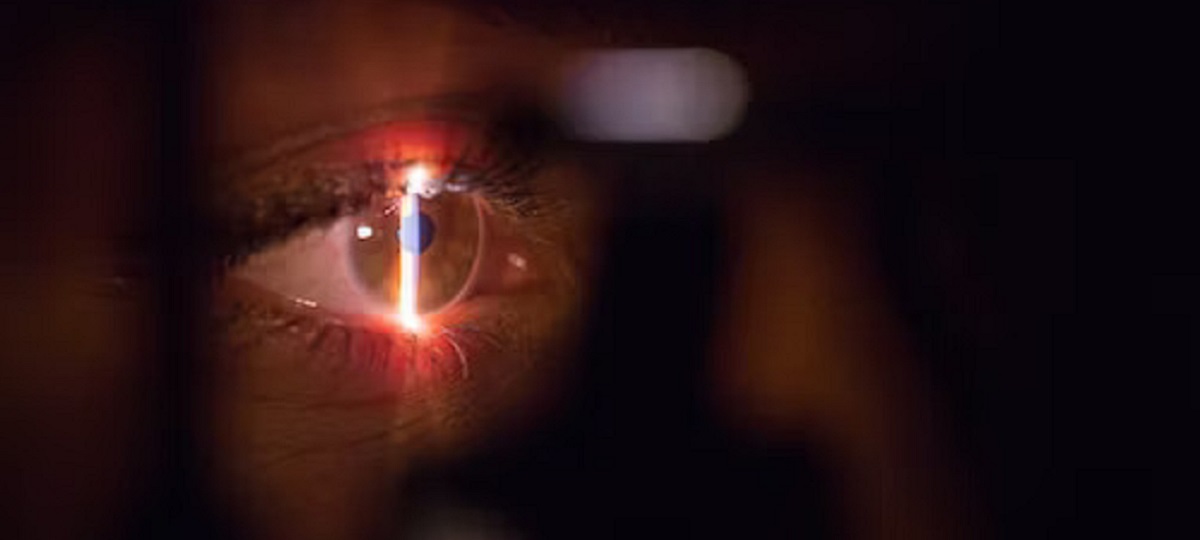Rosacea primarily affects the face, particularly the central part, and is more common in fair-skinned individuals. Its exact cause is unknown, but factors like genetics, environmental triggers, and vascular abnormalities are believed to contribute to its development. Common symptoms include persistent redness, flushing, visible blood vessels (telangiectasia), and in some cases, papules and pustules resembling acne.
How Laser Treatment Works
Laser therapy for rosacea operates on the principle of selective photothermolysis. This involves using specific wavelengths of light to target and heat the blood vessels responsible for the redness and visible symptoms. The hemoglobin in the blood vessels absorbs the laser light, leading to their destruction without causing harm to surrounding tissues.
Types of Lasers Used for Rosacea Treatment
Several types of lasers are employed for treating rosacea, each with its unique characteristics. Commonly used lasers include:
- Pulsed Dye Laser (PDL): This laser targets blood vessels and effectively reduces redness associated with rosacea. PDL is particularly useful for treating visible blood vessels and persistent redness.
- Intense Pulsed Light (IPL): IPL is not a true laser but utilizes a broad spectrum of light to target blood vessels and pigmentation. It is versatile and can address both vascular and pigmented components of rosacea.
- Nd:YAG Laser: This laser penetrates deeper into the skin, making it suitable for treating larger blood vessels. Nd:YAG laser is often used for cases where other lasers may not be as effective.
Benefits of Laser Treatment for Rosacea
- Reduction of Redness: The primary goal of laser therapy is to reduce the persistent redness associated with rosacea. By targeting and eliminating blood vessels causing redness, lasers can significantly improve the overall appearance of the skin.
- Minimization of Visible Blood Vessels: Laser treatment effectively addresses telangiectasia, the visible blood vessels that contribute to the characteristic appearance of rosacea.
- Improved Skin Texture: In addition to addressing redness and visible vessels, laser therapy can stimulate collagen production, leading to improved skin texture and tone.
- Long-lasting Results: While multiple sessions may be required, the results of laser treatment for rosacea are often long-lasting, providing a sustained improvement in symptoms.
What to Expect During Laser Treatment
- Consultation: Before undergoing laser treatment, individuals should undergo a thorough consultation with a qualified dermatologist or skincare professional. During this consultation, the severity of the condition, skin type, and medical history will be assessed to determine the most suitable laser type and parameters.
- Procedure: The actual laser procedure is relatively quick, depending on the area being treated. Protective eyewear is usually worn, and a cooling gel may be applied to minimize discomfort. Many people describe the feeling they have throughout the process as a little cracking or stinging sensation.
- Post-treatment Care: After the session, some redness and swelling are normal, but these typically subside within a few days. Sun protection is crucial post-treatment, and avoiding potential triggers, such as spicy foods or hot beverages, is recommended.
Potential Side Effects
While laser treatment for rosacea is generally safe, individuals may experience some side effects, including:
- Redness and Swelling: Temporary redness and swelling are common immediately after the procedure but usually subside within a few days.
- Pigment Changes: In some cases, temporary changes in pigmentation may occur, particularly in individuals with darker skin tones.
- Bruising: Laser treatment may cause bruising, especially in areas with more prominent blood vessels.
- Scarring: Although rare, scarring can occur, emphasizing the importance of choosing a qualified and experienced practitioner.
Considerations Before Choosing Laser Treatment
- Skin Type: The effectiveness and safety of laser treatment can vary based on skin type. Individuals with darker skin tones may be at a higher risk of pigment changes and should consult with an experienced practitioner.
- Medical History: Individuals with a history of keloid scarring, autoimmune diseases, or certain skin conditions may not be suitable candidates for laser therapy. A comprehensive medical history assessment is essential before undergoing treatment.
- Realistic Expectations: While laser treatment can provide significant improvement, it may not eliminate all symptoms of rosacea. Managing expectations and understanding that multiple sessions may be required is crucial.
- Cost: The cost of laser treatment for rosacea can vary based on the type of laser used, the number of sessions required, and the geographic location. It’s essential to consider the financial aspect and whether it aligns with your budget.
Conclusion
Laser treatment for rosacea offers a promising option for individuals seeking effective management of persistent redness and visible blood vessels. As with any medical procedure, it is crucial to consult with a qualified skincare professional to determine the most suitable approach based on individual skin type and medical history. While laser therapy has shown significant success in improving rosacea symptoms, it is essential to have realistic expectations and commit to necessary post-treatment care for optimal results. By understanding the mechanisms, types, benefits, and potential side effects of laser treatment, individuals can make informed decisions on whether this approach aligns with their skincare goals. Always prioritize consultation with a qualified healthcare professional to ensure the best outcome for your unique situation.
